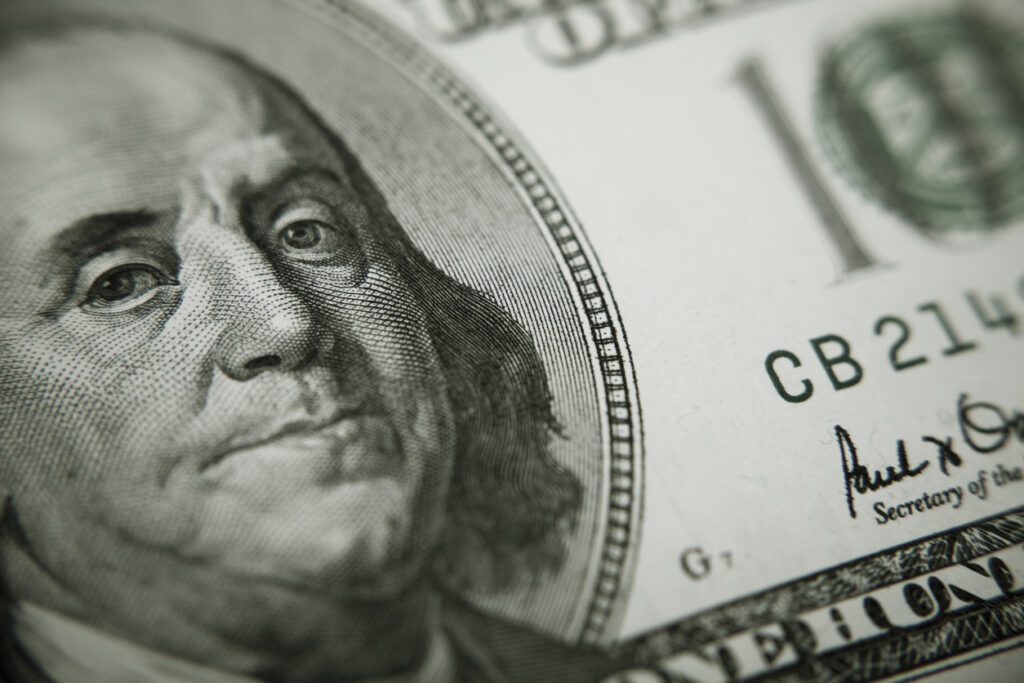Rest Easy, Political Consultants: Campaign Spending Will Hold Steady


As data flows faster and budgets get bigger, tracking political ad spend has become far more intelligent over the last several cycles. AdImpact and Kantar/CMAG know political media far better than Gordon Borrell (who stopped estimates in 2018) ever did.
Their numbers are based on the same underlying hard data, and they talk to practitioners all day. There are only about 30 cable buying companies (and their affiliates) that represent more than 80 percent of political cable purchases. The challenge: Trackable political ad spend does not equal total political spending and reports often conflate the two. Billions will be spent on voter contact in places that are unknowable and untraceable (but legal). In other words, nobody can tell you how much total will be spent on political in the ’22 cycle, with the exception of broadcast, local cable, satellite, radio, digital (Google and Facebook), and OTT/CTV.
Still, you may rest easy, fellow political consultants. You’ll be okay despite the looming recession. Low dollar GOP digital fundraising may be suffering in the short term, but the culprit is not inflation. Fundraisers cite the president’s economy over several other reasons, but that’s an easy out, as compared to blaming rough news cycles (also known as Liz Cheney) for choppy low-dollar GOP contributions.
Here’s the truth: Political spending overall is bulletproof, even if low-dollar email fundraising is experiencing a wee bit of malaise.
Between the U.S. GDP, political spending, the price of gold, and a round-trip ticket to Key West, only one of these things doesn’t drop. Ever. Political spending hasn’t dropped during any recession in the last 40 years and it won’t drop no matter how hard the Fed crashes our economy over the next six months. In fact, I believe the ad spend figures by the most credible players in this space will be ultimately revised upward and approach $9B. There’s no scenario where political spend estimates will be revised sharply downward. If you’re looking for a recession-proof industry, it’s not trash hauling, utilities, or healthcare. It’s us.
At my firm, we’ve collected second by second media consumption data for over a decade from millions of households across the country. While we’ve watched content and overall ad consumption ebb and flow over years, seasons, technology evolution, and economic shifts, what has remained constant throughout is the number of political ads and consumption of those ads. As different commercial verticals lean in or out depending on the market conditions – consumer packaged goods, auto, travel, retail — political advertising doesn’t waver — it just goes up.
The only change we see over the last decade is an increasing focus on making the dollars spent more impactful through smarter audience targeting, frequency management, and effective measurement to dynamically inform tactics across platforms. As viewership data flows more freely, we have a way to identify that waste and manage against it to make ad dollars go further and be more effective.
Looking back at preliminary numbers over the last decade, estimates were consistently low for the fastest growing parts of our vertical — first overall digital spend estimates and now CTV. For example, a Borrell report seven years ago called for $1.57B in total 2020 political digital spending, but suggested that streaming video would only be $427M of that. Meanwhile, Kantar/CMAG predicts $1.2B and AdImpact calls for $1.5B in CTV spending this cycle. To put that in perspective, that CTV spend equates the entire amount of federal political spending for the entire 1998 midterm campaign cycle.
The numbers we are talking about cover just broadcast, local cable, satellite, radio, digital (Google and Facebook), and OTT/CTV only. (OTT/CTV is marginally trackable and most certainly inexact.) These numbers exclude less trackable tactics like programmatic digital, print advertising, out of home, direct mail, telemarketing, and text messaging, which account for up to 25 percent of total political media spending. In other words, there won’t be approximately $9B spent on campaign communications this year. It will be closer to $12B. But we’ll never know for sure because tracking on everything except TV and radio is an art, not a science.
Let’s just take digital, for example. Six years ago, I wrote an article on the absurdity of tracking political digital spend which outlined the impossibility of knowing what’s being spent on digital. While Google and Facebook do require disclosure of their spenders, other platforms don’t. Those other platforms cover an unknowable, but significant percent of digital spends.
Said another way, we expect about $1.3B in digital spending from Google and Facebook. There’s likely at least another $1B- $2.5B in digital media that’ll never be disclosed. So that $12B that I mentioned one paragraph ago will be closer to $13B- $14.5B. I neglected, however, to include other non-media costs, which in 2020 were about $5.6B. So that $13B- $14.5B in political spending that I mentioned one sentence ago will be closer to $18B- $20B. Or something like that.
Jordan Lieberman is currently SVP and Chief Product Officer — Political Data Portfolio at FourthWall. He has worked in the political and public affairs digital ad space for more than a decade.
